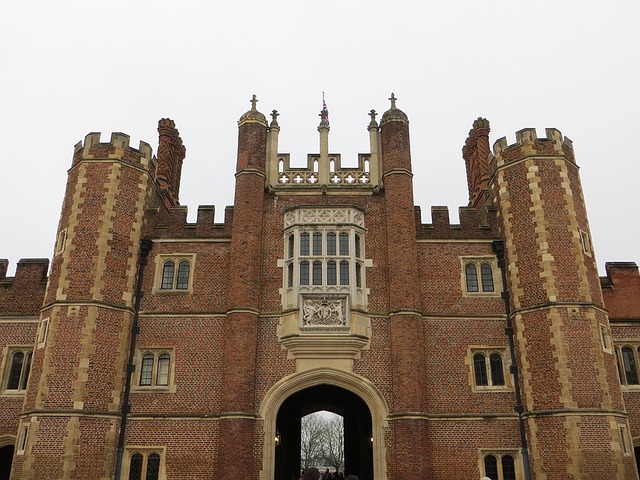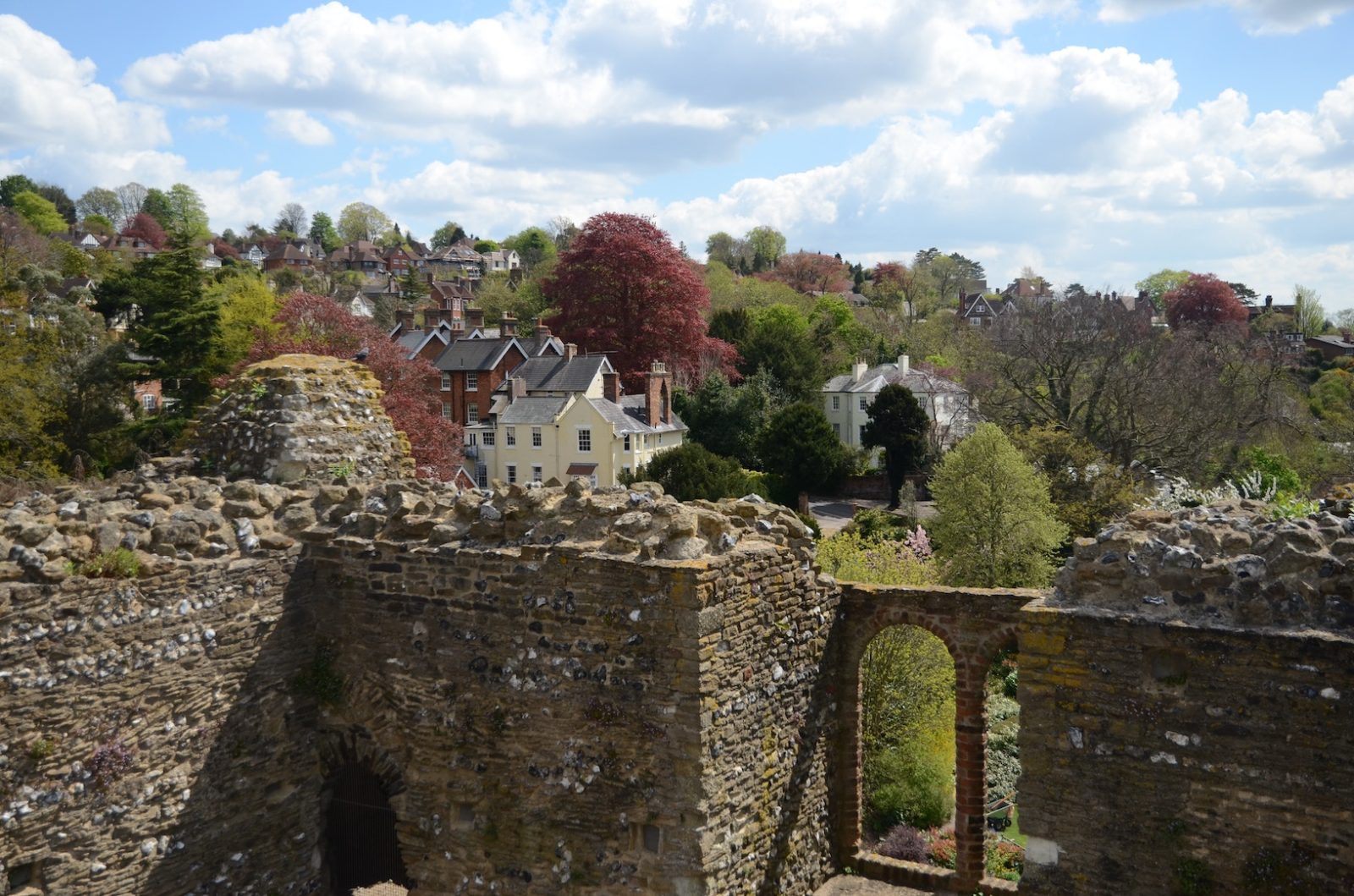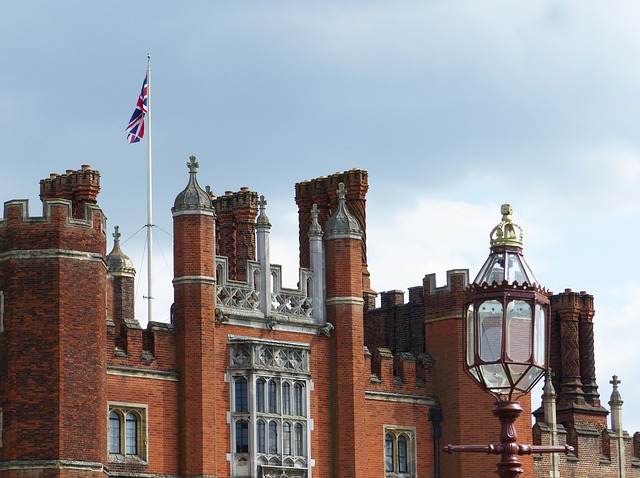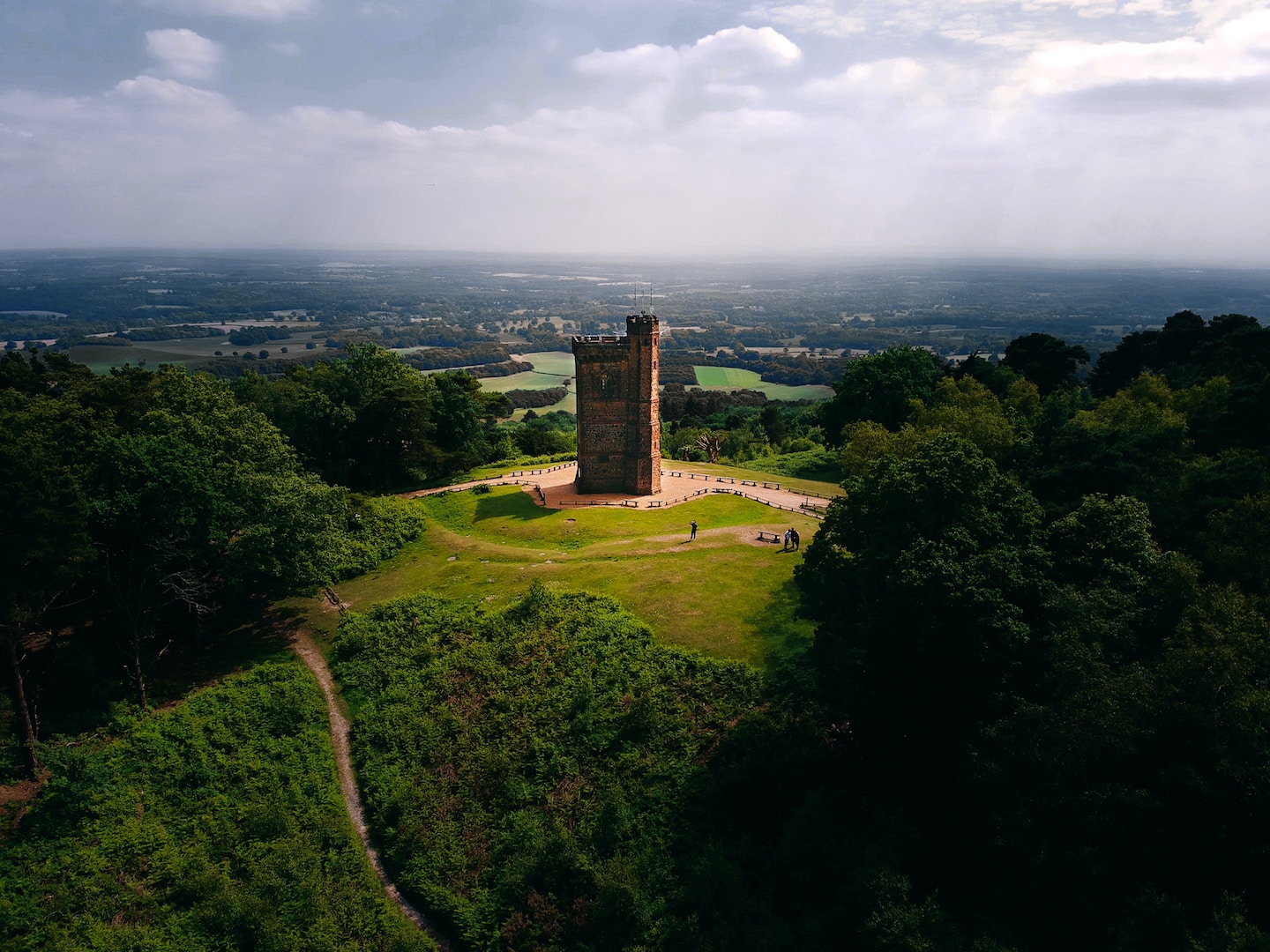If you want to dive deep into the murky, mythical and sometimes magnificent history of Great Britain, then a trip to the southern home county of Surrey is as good a place as any to start. Some seriously influential stuff has taken place here.
The county’s name comes from the Saxon word for Southern Kingdom (Suthrige), coined somewhere between the 5th and 6th centuries, and prominent kings dwelled here throughout the following millennium. What’s more, breakfast cereal was invented in Surrey and Britain’s first ever mosque was built here, too. Loads to see and do then. Here’s the best of it; our 5 historical sites to see on your IDEAL trip to Surrey.
GUILDFORD CASTLE
Believed to have been built shortly after the Norman conquest of 1066, Guildford Castle was conceived as part of a chain of fortifications to encircle London. It’s a fascinating site, and as such, there’s a small charge if you’d like to visit the keep where you’ll find a visitor centre and an exhibit depicting how the castle would have looked in its heyday in the 13th century.
You can also climb atop the castle roof which offers a panoramic view across the city and its surrounding, iconic countryside. The castle grounds are free to enter and house a gorgeous park, famed for its horticultural vibrancy. There’s also a bandstand, ideal for bringing a picnic while relaxing in the park to the sound of brass. In the summer there’s a charming open-air theatre offering performance; try and time your visit to catch a show from the Guildford Shakespeare company.
WAVERLEY ABBEY
Built in 1128 as the very first Cistercian monastery, Waverley Abbey has bucketloads of history in its ruins. We say ruins, but for a site that’s more than a thousand years old, it’s wonderfully preserved; the remains include the abbey’s dining hall, with its impressive arches catching a particular light in the late afternoon. The monk’s dormitory is another highlight which survives to this day with roof intact. Incredible, and we have English Heritage to thank for that; sterling work indeed. What’s more, entry is free, and it’s just two miles from Farnham Castle Keep, another majestic Surrey site if you’re making a day of it.
HAMPTON COURT PALACE
A royal palace and a half, this one. Housed on the Thames 12 miles upstream from Central London, Henry VIII once dwelled here, with all the rambunctiousness that comes with any association to the big guy. Though all of that is best confined to closed doors, the palace is now open to the public, made so in 1838 by Queen Victoria, and although not free to enter, is still well worth a visit. Not more so than for the 60 acres of gardens which include the planting of some 200’000 flowers each year. No mean feat, and now the host of the annual Hampton Court Palace Flower Show. If you’re heading here from outside of London and not battling the commuters on route, then a taxi in Weybridge can bring you up close and personal in just 20 minutes.
LEITH HILL TOWER
This is one place you’ll want to visit when the sun isn’t shining. Think we’re crazy? Hear us out. The late 18th century Gothic architecture and imposing height of Leith Hill Tower just seems to be brought to life by a gloomy backdrop of ominous cloud. The second highest point in the whole of South East England, achieved via 78 perilous spiral stair steps, the tower offers uninterrupted views all the way to London, some 37 miles away. Squint, and they say you make out Big Ben and the London Eye in the distance to the north and the English channel to the south. Wow.
RICHMOND PARK
Hey city slickers, we haven’t forgotten about you, don’t worry. And if you’ve previously dismissed Richmond Park as a place for posh folk to walk off their hangovers and lust after deer, then you’ve missed out on the rich history of the place. While technically, the park isn’t part of Surrey anymore (it was handed over to Greater London in 1965) it’s still part of Surrey in spirit.
Created in the 17th century by Charles I to house all those bucks and does, the park is 2500 acres of peace and tranquility amongst the madness of the Big Smoke. Prior to this, during King Edward’s reign, this area was known as the Manor of Sheen, but in the late 15th century Henry VIII erected a palace here, with the surrounding gardens renamed Richmond. Though King Charles imagined it as purely a park for his deer and shut it off to pedestrians by enclosing the land, the decision was not popular and later rescinded. To this day it remains of the most peaceful and vast open spaces in the shadow of any of Britain’s metropolitan spaces. Bliss.









